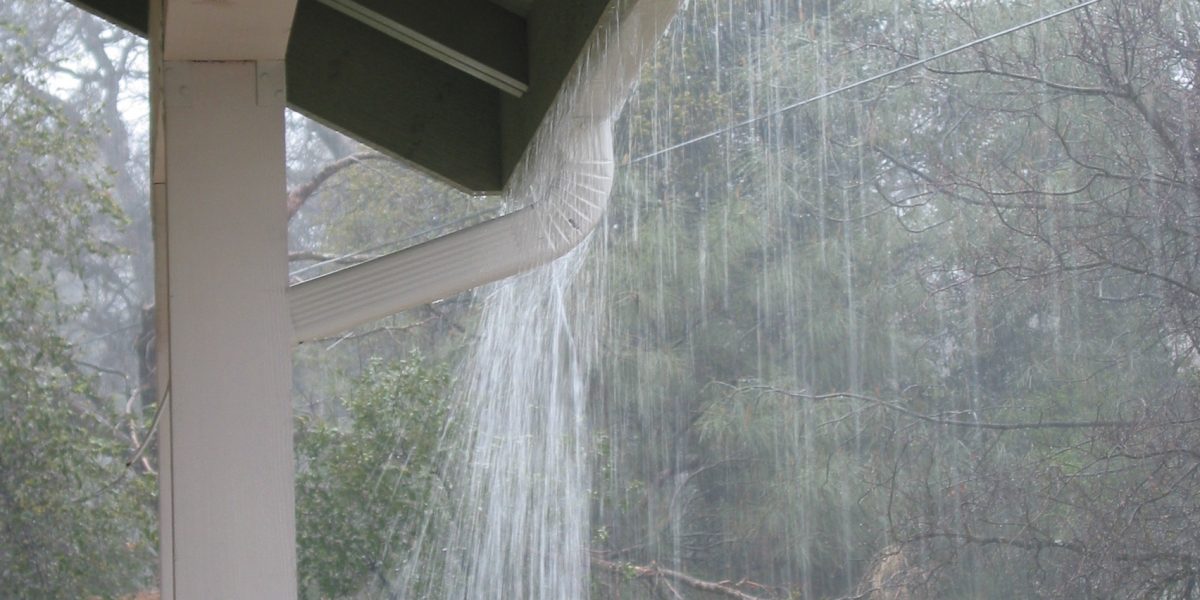7 Tips for Preparing Your Home for Heavy Rains
- June 22, 2016
- No Comments
Having issues with a wet basement during heavy rains? Don’t worry, you are not alone.
The recent record rainfall in June in the mid-Atlantic region helped many homeowners with blooming gardens and lush lawns, but it also caused many headaches over leaky basements. Without proper drainage around the home, rainwater percolates through porous topsoil and then stops at the compact soil near the base of the foundation. During heavier rains, hydrostatic pressure forces the water through gaps and cracks in the foundation as well as through porous walls by capillary action.
Many Basement waterproofing issues can be traced to trouble with the drainage and landscaping around the outside of the house. If you are dealing with foundation leaks due to the heavy rains, here are some tips you can follow to prepare your home before the next storm:
1. Clear debris from outside stairwell drains, window well drains, and egress window drains
During sudden storms, stairwells and window wells can act as catch basins where water can accumulate. Checking and clearing any drains will help reduce the risk of water building up and causing pressure on the foundation.
2. Ensure that drains are flowing properly
Make sure that any drains located in outside stairwells, window wells, and egress exits are draining water properly. If they are connected to a sump pump system, you can slowly pour water into the drains to make sure the drain line is not blocked and there is clear passage of water to your sump pump.
3. Check sump pump discharge lines
Summer storms can bring about a lot of rain in a short time, and that means your sump pump is going to run. Check your sump pump discharge line to make sure it is not blocked by obstructions and that water is pumped safely away from your home.
4. Check gutter downspouts
Make sure that your gutters are free-flowing and leading water away from the house as much as possible. Blocked gutters during heavy rains can cause rain to spill over side of the roof and cause water to pool near the foundation. This can cause unnecessary hydrostatic pressure on the foundation.
5. Check the driveway
Driveway curbs should channel water so that it runs off into the street or away from the home. Sealing open cracks in the driveway can prevent water from gathering under the driveway and potentially making its way into your basement.
6. Avoid aggressive roots when planting trees
Large shade trees, such as silver maple trees, should be planted at least 20 feet away from the home to help avoid foundation cracks from roots. Smaller trees, such a white fir trees, should be given a clearance of at least 10 feet from the home.
7. Build a soil crown
When landscaping the area directly around the house, be sure that the soil next to the home is the highest grade while still below the top of the foundation wall. This keeps water from pooling next to the home and spilling over the top of the foundation walls as well as causing undue hydrostatic pressure on the foundation underground.
These are easy tips that homeowners can follow when heavy rain is expected, but these are by no means long-term solutions for foundation leaks or seepage. If these methods are not enough to prevent water intrusion during heavy rains, it may be best to meet with a professional to assess the issue. A trained eye will be able to inspect your basement and/or crawl space and provide recommendations for a permanent waterproofing solution.


